
China's consumer price index (CPI), a main gauge of inflation, grew 2.3 percent year on year in April, flat from the previous two months, new data showed Tuesday.
The growth rate remained at its highest level since July 2014 for a third month, data from the National Bureau of Statistics (NBS) showed. As the main reason behind the CPI increase last month, food prices rose 7.4 percent year on year, moderating from 7.6 percent in March.
Non-food prices increased 1.1 percent, compared with 1 percent in March. Vegetable prices surged 22.6 percent year on year, and meat prices surged 20.1 percent from a year earlier. NBS statistician Yu Qiumei said although vegetable prices dropped 12.5 percent from March, they were still much higher than a year earlier. Meanwhile, pork prices surged due to short supply.
An HSBC research note said the headline inflation rate was in line with market expectations. Food price inflation moderated and should continue to soften in the coming months as vegetable and pork prices normalize.
On a sequential basis, prices of various vegetables already peaked in February and are falling quickly in some cases. Pork prices, while elevated for now, should start to ease substantially in the second half, HSBC forecast.
"This means that the upward pressure on inflation should dissipate as we head into the second half of 2016, leaving the full year CPI comfortably below the 3 percent official target," it said.
On a month-on-month basis, the CPI dropped 0.2 percent in April, narrowing from a drop of 0.4 percent in March, the NBS said. The NBS said in a separate statement that China's producer prices continued to fall in April, but the decline was narrowing at a faster pace in a sign of improved aggregate demand.
The producer price index, a measure of costs for goods at the factory gate, fell 3.4 percent year on year, narrowing from a 4.3-percent drop in March and 4.9 percent in February.
Month on month, producer prices in April edged up 0.7 percent, after rising for the first time in more than two years by 0.5 percent month on month in March 2016.
There are evident signs that the rebound in commodity prices has helped to lift prices in the sectors related to energy and steel. If commodity prices remain at current levels, the low base from the second half of 2015 means we could see further improvement in PPI readings in the coming months, the HSBC said.
"But in the absence of further domestic demand stabilization, it is hard to see an end to the PPI deflation," the HSBC said. Nomura said the surprising ease in PPI deflation was largely due to a rise in the commodity prices and capacity utilization rate arising from stronger fixed asset investment growth.
Looking ahead, Nomura said it expects CPI inflationary pressures to remain, largely driven by food prices and rental inflation, while PPI deflation may continue to narrow. Nomura expects three more reserve requirement ratio cuts of 50 basis points and one interest rate cut of 25 basis points for the rest of 2016.
HSBC said although both headline CPI and PPI readings were relatively firm in April, they were unlikely to constrain the space for further easing. The case for easing remains strong as growth recovery is still far from certain.
"Given the downside risks to inflation and growth, it is hard to see a good reason for a change in the monetary and fiscal policy stance," HSBC said.
















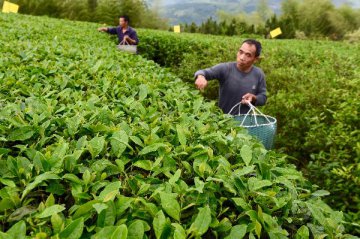
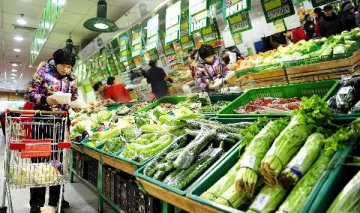
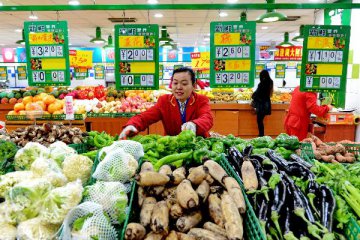
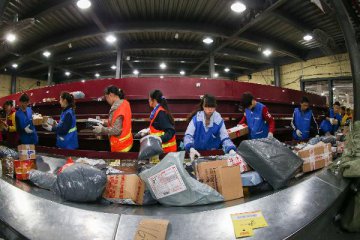
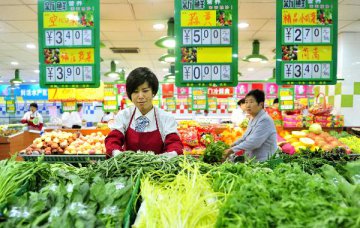
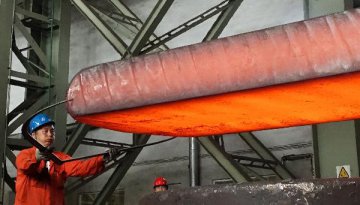


Latest comments